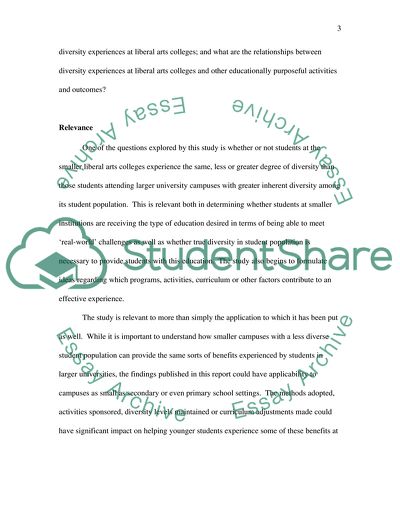Cite this document
(“Student Experiences with Diversity at Liberal Arts Colleges Research Paper”, n.d.)
Student Experiences with Diversity at Liberal Arts Colleges Research Paper. Retrieved from https://studentshare.org/education/1538968-analytical-essay-discussing-a-piece-of-educational-research
Student Experiences with Diversity at Liberal Arts Colleges Research Paper. Retrieved from https://studentshare.org/education/1538968-analytical-essay-discussing-a-piece-of-educational-research
(Student Experiences With Diversity at Liberal Arts Colleges Research Paper)
Student Experiences With Diversity at Liberal Arts Colleges Research Paper. https://studentshare.org/education/1538968-analytical-essay-discussing-a-piece-of-educational-research.
Student Experiences With Diversity at Liberal Arts Colleges Research Paper. https://studentshare.org/education/1538968-analytical-essay-discussing-a-piece-of-educational-research.
“Student Experiences With Diversity at Liberal Arts Colleges Research Paper”, n.d. https://studentshare.org/education/1538968-analytical-essay-discussing-a-piece-of-educational-research.


